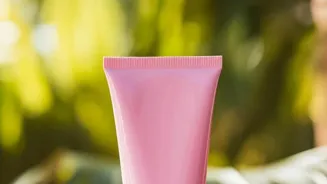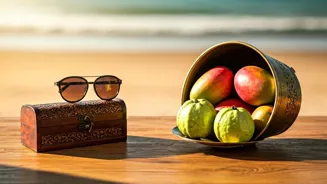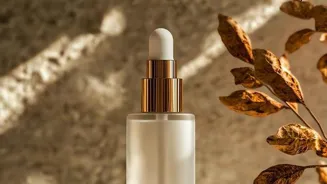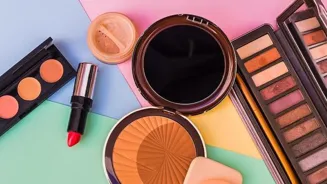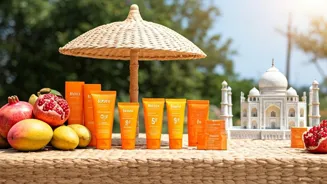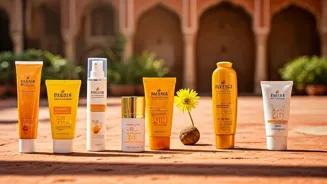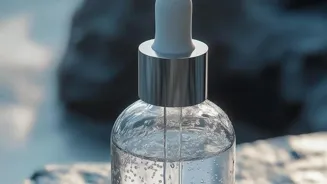Unveiling the Science of Sunscreen: Your Skin's Shield Against UV Damage. Delve into the secrets of sunscreen to safeguard your skin
In a country like India, where the sun shines bright almost all year
round, sunscreen should be as essential as roti and chai. It’s not just for avoiding a tan; it's your primary defense against the sun’s harmful rays. But how does this white cream or lotion actually work?
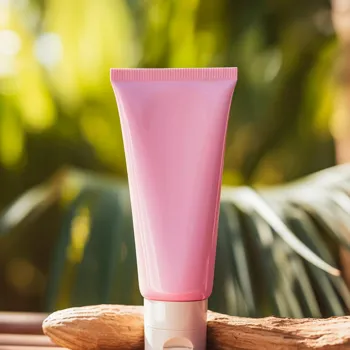
And why is it so crucial for our health, irrespective of the weather outside? Let's delve into the science behind sunscreen and understand why skipping it is a risk you simply can’t afford to take.
Sun emits harmful UV radiation affecting skin
The sun emits a range of electromagnetic radiation, but the ultraviolet (UV) radiation is what we need to worry about. UV radiation is invisible to the human eye and is categorized into three types: UVA, UVB, and UVC. UVC is mostly absorbed by the Earth’s atmosphere and doesn’t usually reach us.

That's a relief! However, UVA and UVB rays do penetrate the atmosphere and can wreak havoc on our skin.
UVA & UVB rays damage skin, sunscreen protects
UVA rays delve deep into the skin, contributing to premature aging, wrinkles, and age spots. Think "A" for aging! UVB rays, on the other hand, primarily affect the surface of the skin and are the main cause of sunburn and a major factor in developing skin cancer. Remember "B" for burning!
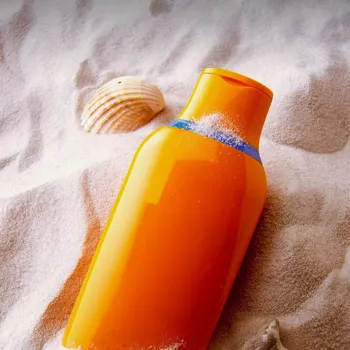
Both UVA and UVB rays can damage the DNA in your skin cells, increasing your risk of skin cancer over time. This is where sunscreen steps in to save the day.
Sunscreen blocks UV rays chemically or physically with minerals
Sunscreen works in two main ways: by either absorbing or reflecting UV radiation. There are two main types of sunscreen: mineral and chemical. Mineral sunscreens, often called physical sunscreens, use mineral ingredients like zinc oxide and titanium dioxide to create a physical barrier on the skin.
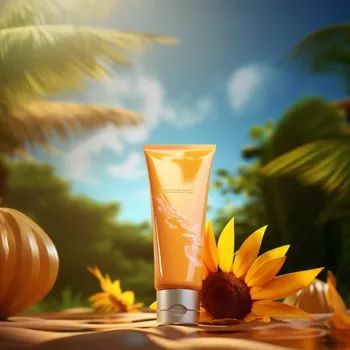
These minerals reflect UV rays away from the skin like a shield. Chemical sunscreens, on the other hand, contain special chemical filters that absorb UV radiation and convert it into heat, which is then released from the skin. Think of it like a tiny UV ray-absorbing sponge!
Mineral and chemical sunscreens work differently with pros and cons
Both types of sunscreen are effective, but they work differently and have different pros and cons. Mineral sunscreens are generally considered to be gentler on the skin and are less likely to cause irritation, making them a good choice for people with sensitive skin.
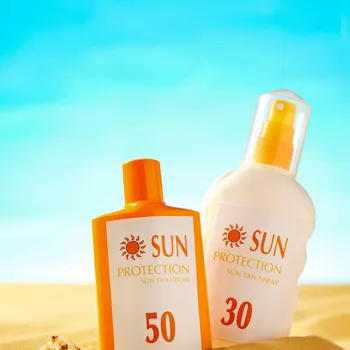
They also start working immediately upon application. Chemical sunscreens tend to be thinner and easier to apply, often leaving less of a white cast on the skin. They need to be applied about 20-30 minutes before sun exposure to allow the skin to absorb the chemicals.
Ultimately, the best sunscreen is the one you will use consistently!
Sunscreen labels show SPF and PA levels for UV protection
When you pick up a bottle of sunscreen, you will notice abbreviations like SPF and PA followed by numbers and plus signs. These indicate the level of protection provided by the sunscreen. SPF stands for Sun Protection Factor and primarily measures the sunscreen’s ability to protect against UVB rays.
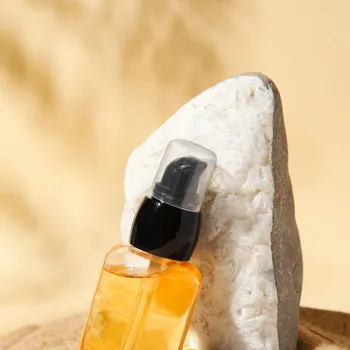
The SPF number indicates how much longer it will take for your skin to redden when exposed to the sun compared to not wearing sunscreen.
For example, if you typically burn in 10 minutes without sunscreen, an SPF 30 sunscreen, theoretically, would allow you to stay in the sun for 300 minutes (10 minutes x 30) without burning.
However, this is a theoretical estimate, and it's important to reapply sunscreen every two hours, especially after swimming or sweating.
PA measures UVA protection with plus signs; choose high PA sunscreen in India
PA stands for Protection Grade of UVA and measures the level of protection against UVA rays. The PA system is based on the Persistent Pigment Darkening (PPD) reaction, which measures how much UVA radiation is needed to cause skin darkening. The PA rating is indicated by a number of plus signs (+).
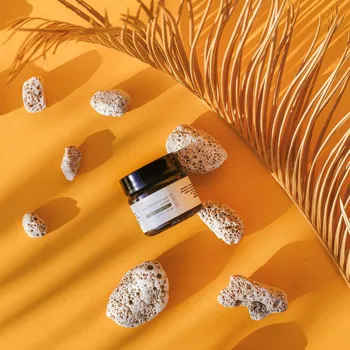
PA+ offers some protection against UVA rays, PA++ provides moderate protection, PA+++ offers high protection, and PA++++ provides extremely high protection.
In India, where UVA rays are a constant concern due to their contribution to premature aging, opting for a sunscreen with a high PA rating is a smart choice.
Choose sunscreen based on skin type for best protection
With so many sunscreens available in the market, picking the right one can feel overwhelming. But understanding your skin type and needs can make the process easier. If you have oily or acne-prone skin, opt for a lightweight, oil-free, and non-comedogenic sunscreen.
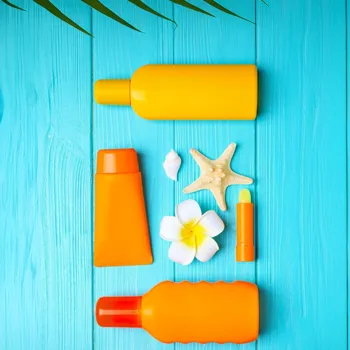
These sunscreens won’t clog your pores and are less likely to cause breakouts. For dry skin, choose a moisturizing sunscreen with ingredients like hyaluronic acid or ceramides. Sensitive skin can benefit from fragrance-free and mineral sunscreens, which are less likely to cause irritation.
Choose sunscreen with antioxidants for mature skin protection
If you have mature skin, look for sunscreens with added antioxidants like vitamin C or vitamin E, which can help fight free radicals and protect against further skin damage. For daily wear, choose a sunscreen with an SPF of 30 or higher and a PA rating of at least PA++.
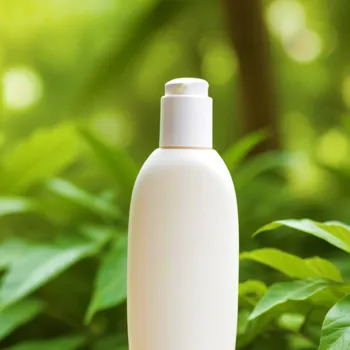
If you are spending extended periods outdoors, especially during peak sun hours (10 am to 4 pm), opt for a higher SPF and PA rating. Don't forget to choose a water-resistant sunscreen if you plan on swimming or sweating.
Sunscreen is key, but not enough; combine with shade, clothing, sunglasses
While sunscreen is a crucial tool in sun protection, it shouldn’t be your only line of defense. A holistic approach involves combining sunscreen with other sun-safe habits. Seek shade, especially during peak sun hours. Wear protective clothing, such as long sleeves, pants, and wide-brimmed hats.
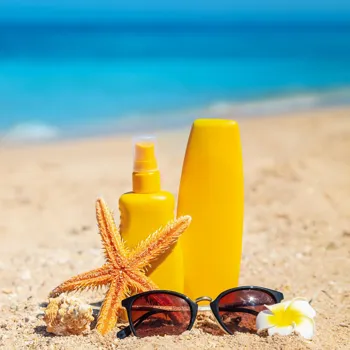
Sunglasses are essential for protecting your eyes from harmful UV rays.
Use sunscreen daily to prevent sun damage and skin cancer
Remember that the sun’s rays can penetrate clouds, so don't skip sunscreen on cloudy days. Be extra cautious around reflective surfaces like water, sand, and snow, as these can amplify the sun's intensity.
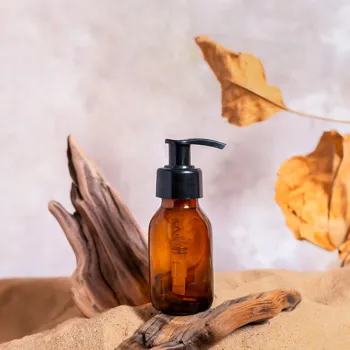
Educate yourself and your family about the importance of sun protection and make it a part of your daily routine. By combining sunscreen with these additional measures, you can significantly reduce your risk of sun damage and skin cancer.
Sunscreen is crucial for skin protection from sun damage
The science behind sunscreen is clear: it is a powerful tool for protecting your skin from the sun's harmful rays. By understanding how sunscreen works and choosing the right one for your skin, you can take proactive steps to prevent sunburn, premature aging, and skin cancer.
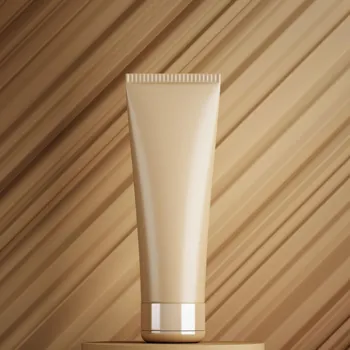
Don't wait until you see the signs of sun damage to start using sunscreen. Make it a daily habit, just like brushing your teeth or drinking your morning chai. Your skin will thank you for it.
Protect skin from UV rays with sunscreen; consult a dermatologist for guidance
Sunscreen is a must because UV rays damages the skin cell DNA. This increases the chances of skin cancer. It is therefore important to find sunscreen to protect your skin. If finding a sunscreen is hard, please visit dermatologist. This expert can guide you better for the perfect sunscreen.
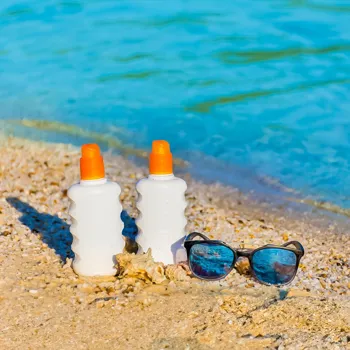
Sunscreen: mineral vs. chemical types, choose based on skin and preference
There are two ways sunscreen filters. Mineral sunscreen blocks UV rays, while chemical sunscreen absorbs them. Mineral choices like zinc oxide are gentle. Chemical sunscreens are lightweight and quick to apply. Pick what blends well with your skin type and routine.
This ensures protection without irritation.
Spf and PA ratings indicate sunscreen protection levels
SPF numbers indicate how well sunscreen blocks UVB rays. PA ratings reveal protection against UVA rays. High SPF and PA ratings mean the sunscreen will provide good protection. Use more if you spend many hours outside. Remember to reapply every two hours.
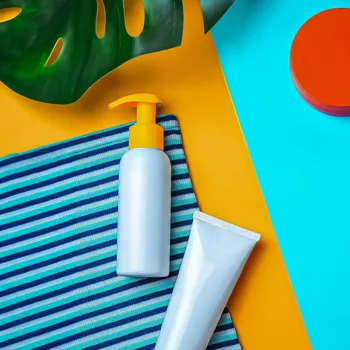
Choose suitable sunscreen based on skin type and prevent pore blockage
Oily skin needs an oil-free sunscreen to stop blockage of pores. A dry skin type needs a rich sunscreen and also needs moisturizer. Know your skin and find sunscreen for your individual skin. Consider any skin allergy before using sunscreen.
Use sunscreen, hats, sunglasses, and shade for UV protection
Use sunscreen even when its cloudy. If swimming use waterproof sunscreen as well. Hats and sunglasses are to be used. Stay in shade whenever possible. All this combined gives the best protection against UV rays.
Consistent sunscreen use protects skin from sun damage
Never ever skip sunscreen usage. Daily habit can keep you safe from sun effects. Start at a young age to prevent skin damage later. Regular usage will keep the skin healthy without the risk of skin issues.
AI Generated Content. Glance/InMobi shall have no liability for the content
